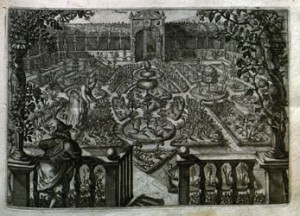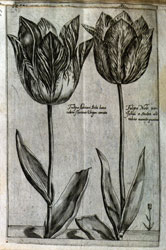June is prime time for gardeners in Missouri, and it’s also a great time to take a look at the rare and historic horticulture and gardening books in Special Collections. Since MU has a long history as an agriculture school, Special Collections has a great collection of these early texts on plants, gardening, and landscape design.
The Edible Garden
The last decade has seen a renewed interest in local and sustainable food, including vegetable gardening and heritage or heirloom varieties. The absence of pesticides, herbicides, chemical fertilizers and modern machinery in the seventeenth and eighteenth centuries meant that kitchen and market gardeners had to be experts in the care of a wide variety of food crops. Advice for gardeners from the seventeenth through the nineteenth centuries contains information on historic plant varieties as well as natural solutions to problems with climate, soils, and pests.
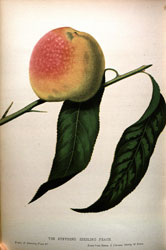

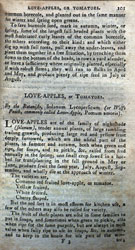
The Flower Garden
The seventeenth and eighteenth centuries saw the introduction of a number of new flowering plants as botanists and nurserymen identified foreign species and developed hybrids. Although color publications such as Curtis’s Botanical Magazine remained popular through the period, most gardeners learned about new flowers through descriptions or black and white plates. Botanical gardens such as the Royal Gardens at Kew became popular spots for the public to see exotic and colorful plants in person.
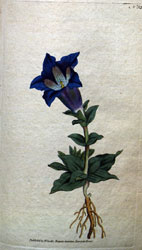
The Park
Garden design has changed dramatically from the formalized symmetry of Italian and French gardens to the informal plantings of today. In the seventeenth and eighteenth centuries, English gardeners began to break away from the geometrical patterns of Renaissance knot gardens and Baroque parterres. Instead, the new garden style focused on creating picturesque, naturalistic views. Landscape architects during this period sought to shape the landscape without the outward appearance of control, creating “natural” scenery too perfect to exist in nature.
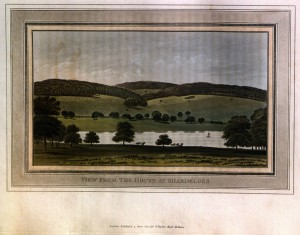

More Information
Search for Gardening, Fruit, Botany, or Landscape architecture in the MERLIN catalog. Limit your search to Special Collections to find more primary sources on historic gardens and gardening practices.
